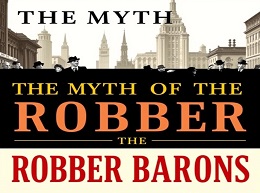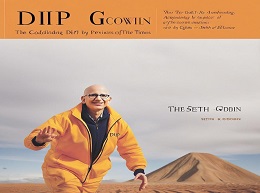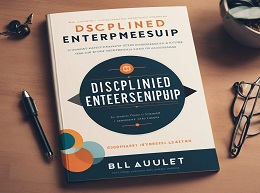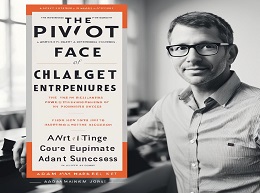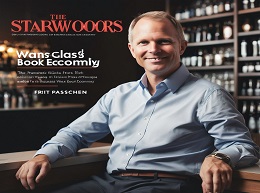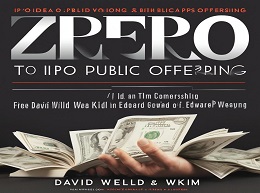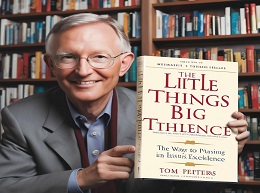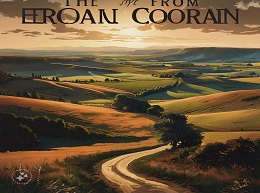The Agile Startup: Quick and Dirty Lessons Every Entrepreneur Should Know
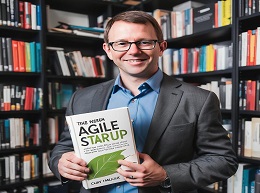
"The Agile Startup: Quick and Dirty Lessons Every Entrepreneur Should Know" by Clint Nelsen and Ethan Mollick is a must-read for anyone navigating the tumultuous waters of entrepreneurship. The book distills essential lessons from the lean and agile methodologies, providing a practical playbook for startups to iterate quickly, pivot when necessary, and achieve sustainable growth. In an era where speed and adaptability are crucial, this book offers actionable insights that can make the difference between success and failure.
The Core of Agile Methodology
The book begins by emphasizing the importance of the agile mindset. Agile is not just a set of practices but a philosophy that prioritizes flexibility, customer feedback, and iterative development. Nelsen and Mollick advocate for a dynamic approach where entrepreneurs continuously refine their products based on real-world data and user feedback.
Dropbox's Early Development
Dropbox started with a simple MVP (Minimum Viable Product) – a basic video demonstrating the product’s concept. This approach allowed them to gather feedback and validate their idea without a significant upfront investment. This iterative process is a hallmark of the agile methodology, which the book strongly advocates.
Lesson 1: Start with a Clear Vision
One of the first lessons the book imparts is the necessity of having a clear, compelling vision. This vision serves as a north star, guiding all subsequent decisions and actions. However, while the vision should remain steadfast, the strategies and tactics to achieve it should be flexible.
Airbnb’s Evolving Strategy
Airbnb’s founders had a clear vision of creating a marketplace for unique travel experiences. Initially, they focused on air mattresses and breakfast, but as they learned more about their market, they pivoted to accommodate a broader range of accommodations, leading to their massive success.
Lesson 2: Develop a Minimum Viable Product (MVP)
The concept of an MVP is central to agile startups. By creating a stripped-down version of the product, entrepreneurs can quickly test assumptions and gather valuable user feedback. This approach reduces the risk of developing features that customers do not need or want.
Zappos’ MVP Approach
Nick Swinmurn, the founder of Zappos, tested the viability of his online shoe store by taking pictures of shoes from local stores and posting them online. When a customer made a purchase, he bought the shoes and shipped them. This MVP validated his idea before he invested in inventory.
Embrace Failure and Learn Quickly
Failure is not the end but a learning opportunity. The authors encourage entrepreneurs to embrace failure as part of the journey. By analyzing failures, startups can uncover valuable insights that lead to better products and strategies.
Instagram’s Pivot from Burbn
Instagram began as Burbn, a check-in app with photo-sharing features. When the founders realized users were primarily interested in photo-sharing, they pivoted to focus solely on that feature, leading to the creation of Instagram.
Lesson 4: Focus on Customer Feedback
Customer feedback is the lifeblood of an agile startup. By engaging with users early and often, startups can ensure they are building products that meet real needs. The authors stress the importance of listening to customers and incorporating their feedback into the development process.
Slack’s User-Centric Development
Slack’s development team consistently engaged with early users to gather feedback. This user-centric approach allowed them to refine the product iteratively, resulting in a highly effective and beloved communication tool.
Recruiting and Retaining Talent
An agile startup requires a team that is not only skilled but also adaptable and collaborative. Nelsen and Mollick provide strategies for recruiting top talent and fostering a culture that retains them. They emphasize the importance of hiring individuals who are aligned with the company’s vision and values.
Google’s Talent Strategy
Google is known for its rigorous hiring process and its focus on cultural fit. By recruiting individuals who are innovative and adaptable, Google has built a team capable of maintaining its position at the forefront of technology.
Fostering a Culture of Innovation
Creating a culture that encourages innovation is crucial for sustaining agility. The authors discuss ways to foster an environment where team members feel empowered to experiment and share ideas without fear of failure.
3M’s Innovation Culture
3M encourages its employees to spend 15% of their time working on projects of their own choosing. This policy has led to numerous successful innovations, including the Post-it Note, demonstrating the power of an innovation-friendly culture.
Lean Funding
The book discusses lean funding strategies that align with the agile methodology. Instead of seeking large amounts of venture capital early on, startups should aim to secure just enough funding to validate their next set of hypotheses.
Buffer’s Transparent Funding
Buffer, a social media management tool, used lean funding to grow. They transparently shared their funding needs and milestones with users and investors, raising just enough capital at each stage to achieve their goals without overextending.
Managing Cash Flow
Effective cash flow management is critical for maintaining agility. The authors provide practical tips for managing finances, such as prioritizing expenditures that directly contribute to learning and growth.
Basecamp’s Bootstrap Approach
Basecamp (formerly 37signals) successfully bootstrapped its growth by focusing on profitability from the start. This disciplined approach to cash flow management allowed them to remain agile and independent.
Adapting to Market Changes
The ability to adapt to changing market conditions is a key advantage of agile startups. The book emphasizes the importance of staying informed about market trends and being ready to pivot when necessary.
Netflix’s Shift to Streaming
Netflix began as a DVD rental service but adapted to the changing market by shifting to streaming. This pivot allowed them to stay ahead of competitors and capitalize on the growing demand for online content.
Competitive Positioning
Positioning the startup effectively in the market is crucial for gaining a competitive edge. The authors provide strategies for differentiating the product and creating a unique value proposition.
Tesla’s Market Positioning
Tesla positioned itself as a premium electric vehicle manufacturer, differentiating from other automakers by focusing on high performance and cutting-edge technology. This strategic positioning has helped Tesla dominate the electric vehicle market.
The Path to Agile Success
"The Agile Startup: Quick and Dirty Lessons Every Entrepreneur Should Know" is a comprehensive guide for modern entrepreneurs. By blending agile and lean principles with real-world examples, Nelsen and Mollick provide a roadmap for building successful, adaptable, and resilient startups. The book’s actionable insights on vision, MVPs, failure, customer feedback, team building, funding, and market adaptation make it an invaluable resource for anyone looking to thrive in today’s fast-paced business environment.
Embracing the lessons from "The Agile Startup" can empower entrepreneurs to navigate uncertainties, seize opportunities, and ultimately build businesses that are not only successful but also sustainable in the long run.

